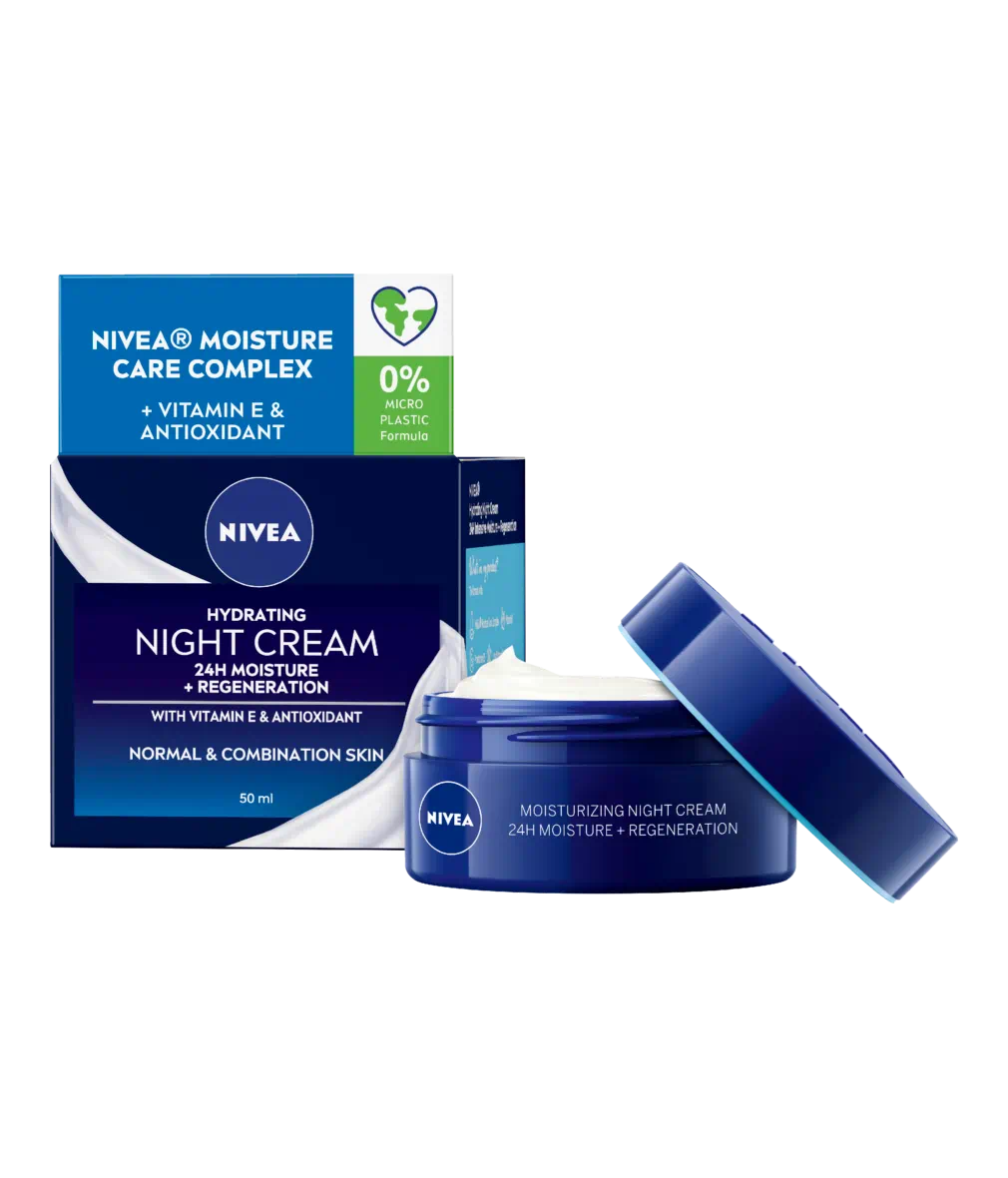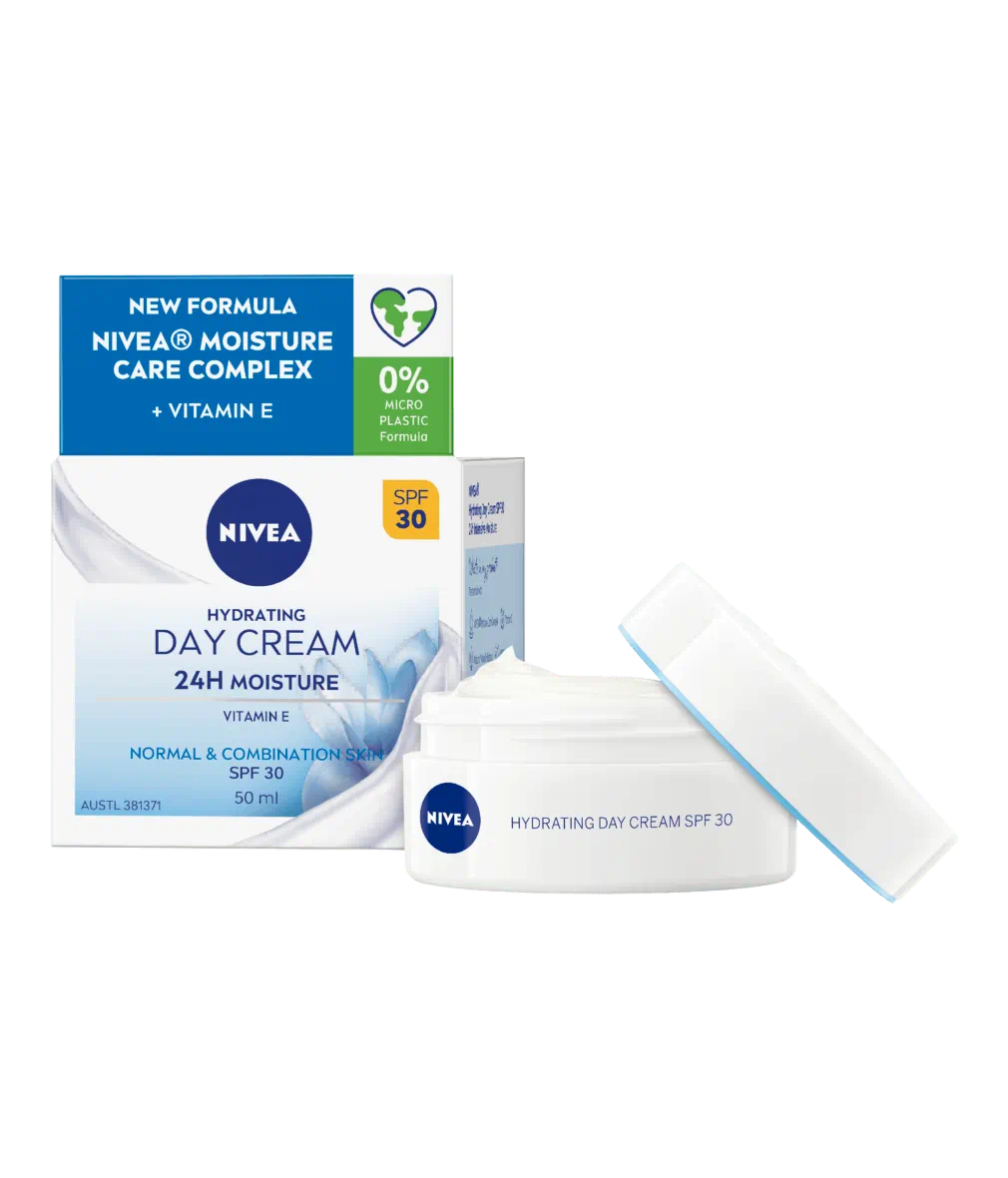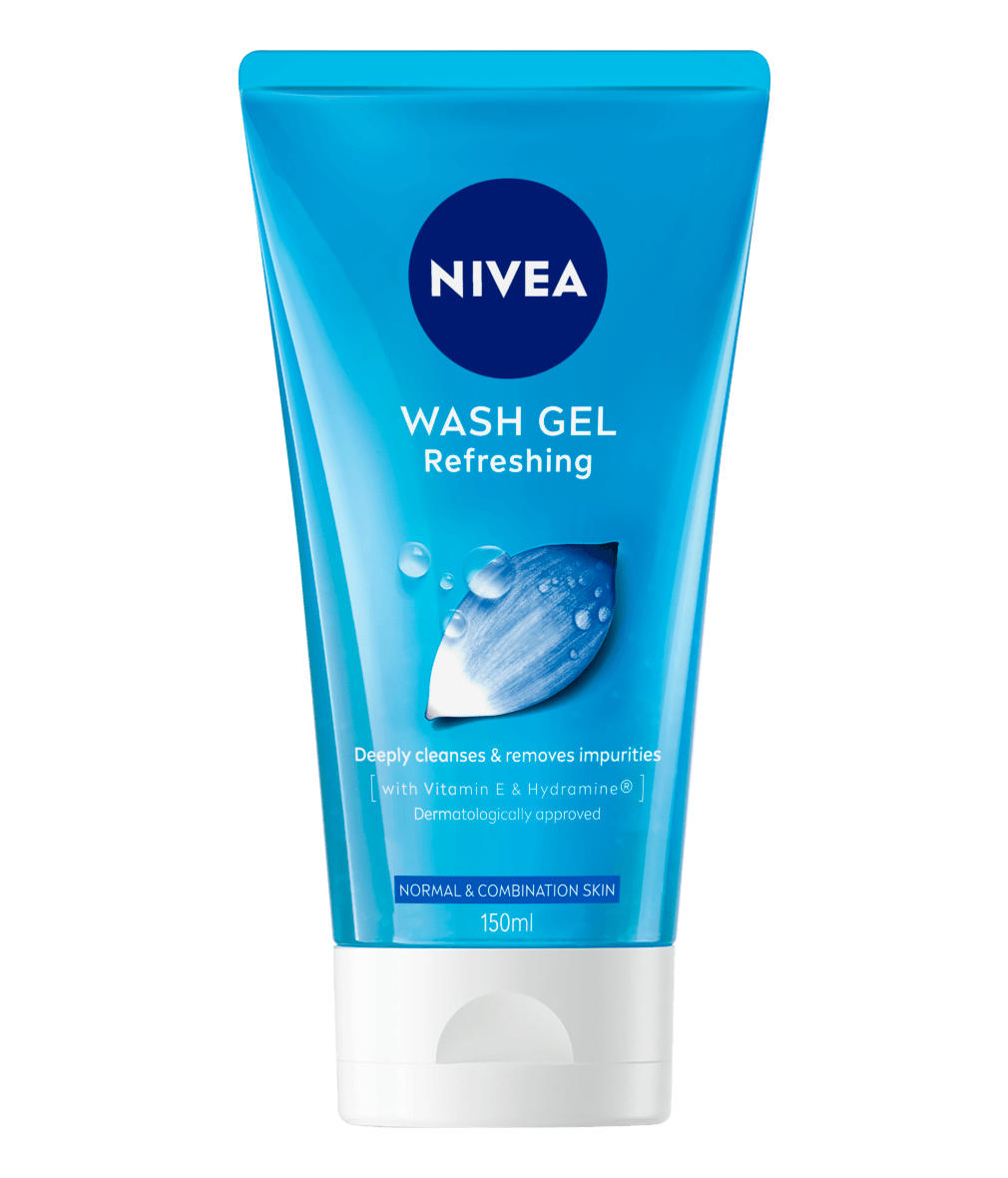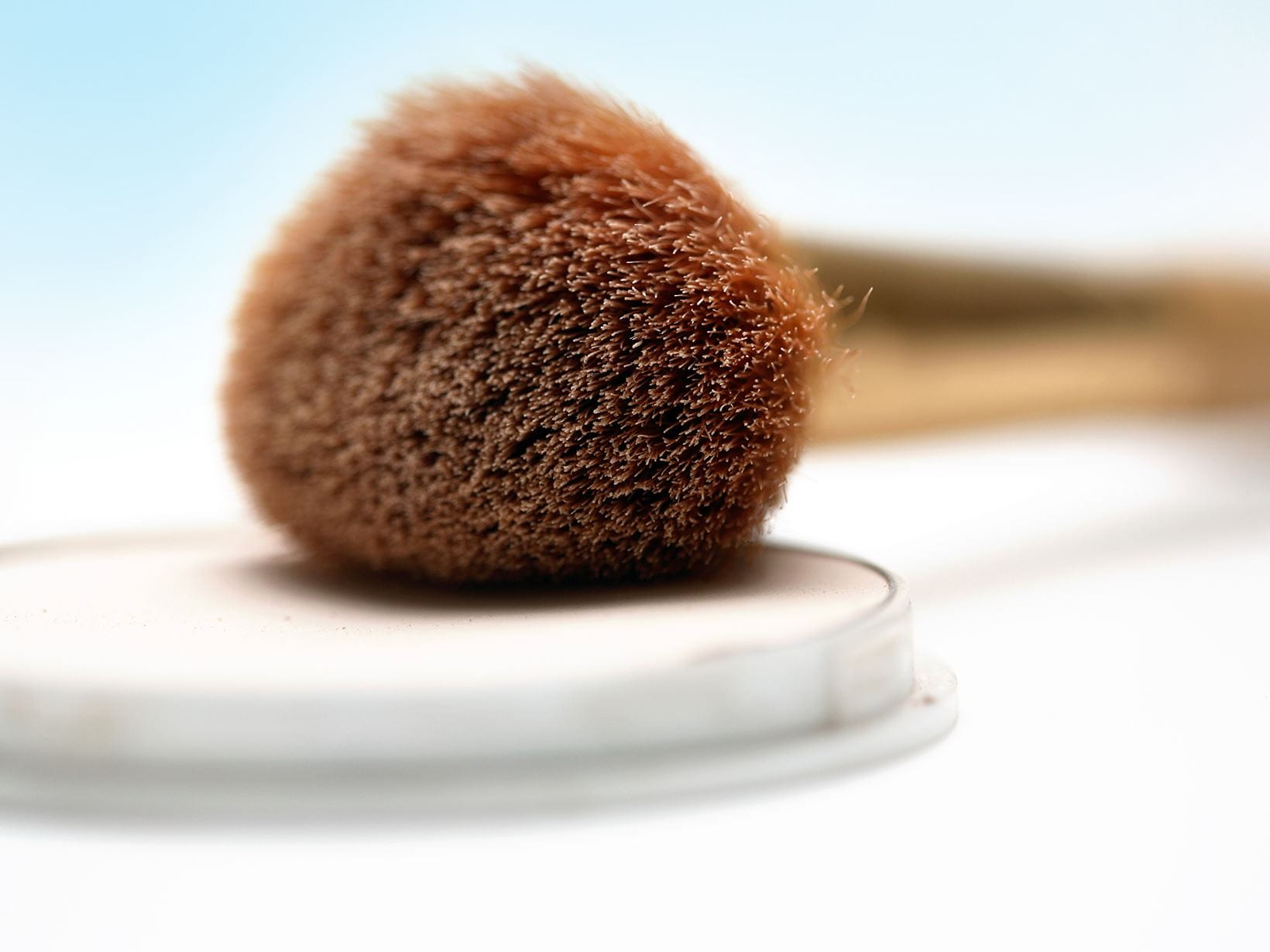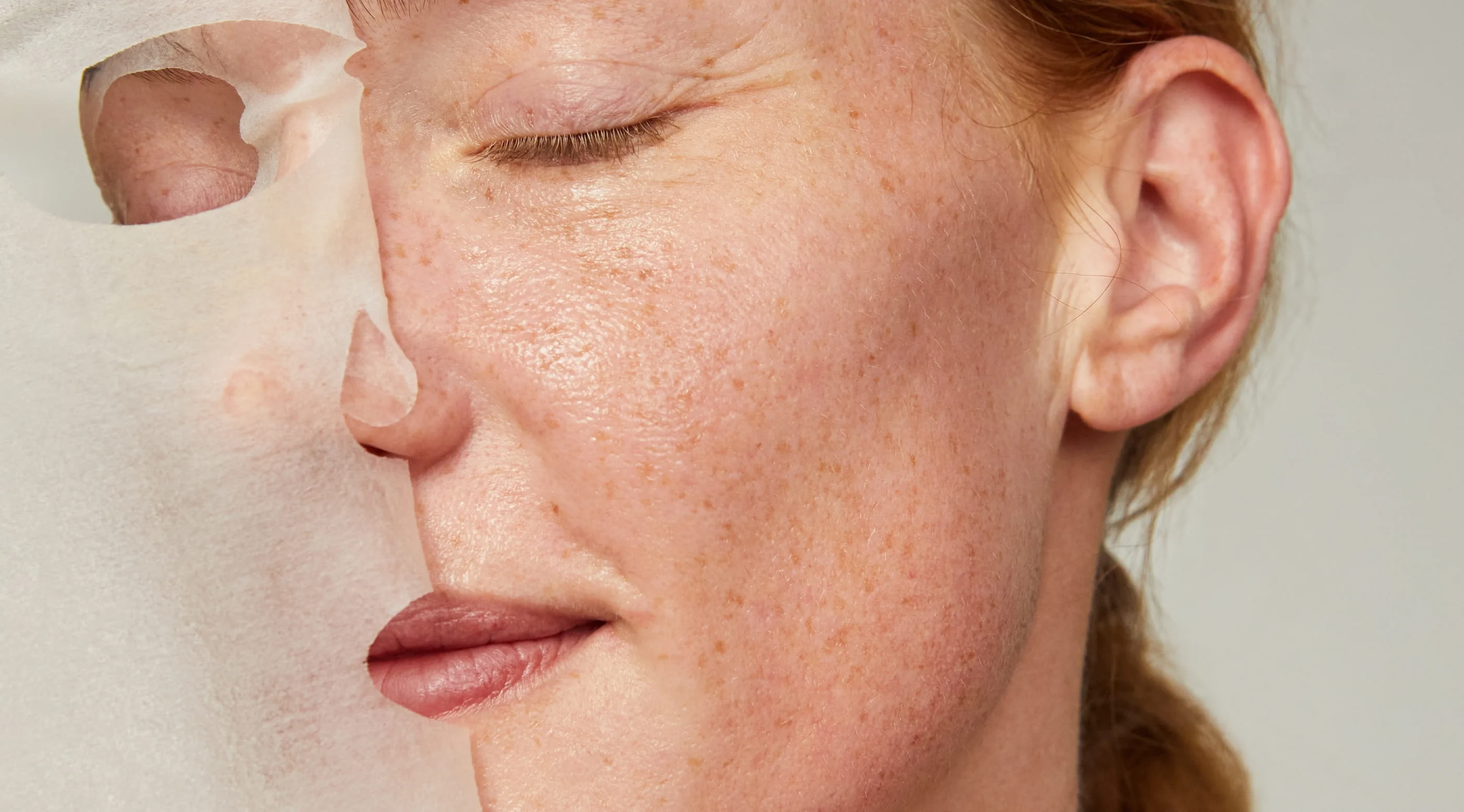
Care tips for combination skin
How to master the balancing act Combination skin is a special case: it consists of two skin types, in which some areas of the face are rather dry, whilst others tend to have oilier and more blemished skin.
What are the features of combination skin?
Combination skin refers to the skin in the T-zone, which includes the forehead, skin and nose which is typically oilier than other areas. The cheeks on the other hand, are normal to dry.
Restore your skin’s balance
Here’s how combination skin changes over the seasons
Make-up for combination skin
Does your make-up struggle to last a day without having to be reapplied in between? That’s one of the features of combination skin. The T-zone between the forehead, nose and chin quickly starts to become shiny. Find out which make-up is right for combination skin and how to keep your complexion looking radiant for the whole day.


